Ripple has received full approval from the Dubai Financial Services Authority (DFSA) to offer regulated crypto payments in the Dubai International Financial Centre (DIFC).
It makes Ripple the first blockchain-enabled payments provider licensed by the DFSA, significantly expanding its operations in the Middle East.
Ripple Receives Full Approval from the DFSA
This development follows Ripple’s in-principle financial services approval from the DFSA in October. With its regional headquarters in Dubai since 2020, Ripple continues strengthening its presence in a region known for its regulatory clarity and fintech-friendly environment.
The DFSA license enables Ripple to offer its global payment solutions to businesses in the UAE. This would reinforce its role as a trusted partner for financial institutions looking to leverage blockchain technology for faster and more cost-effective transactions.
“We are entering an unprecedented period of growth for the crypto industry, driven by greater regulatory clarity around the world and increasing institutional adoption. Thanks to its early leadership in creating a supportive environment for tech and crypto innovation, the UAE is exceptionally well-placed to benefit,” a press release shared with BeInCrypto read, citing Ripple CEO Brad Garlinghouse.
Indeed, Dubai has established itself as a global hub for blockchain and fintech innovation. It boasts a $400 billion international trade market. The UAE has seen growing demand from both crypto-native firms and traditional financial (TradFi) institutions looking for solutions to inefficiencies in cross-border payments. These include high fees, slow settlement times, and lack of transparency.
“Securing this DFSA license…will enable us to better serve the growing demand for faster, cheaper, and more transparent cross-border transactions in one of the world’s largest cross-border payments hubs,” Ripple’s Managing Director for the Middle East and Africa, Reece Merrick, emphasized.
In the same tone, DIFC Authority CEO, His Excellency Arif Amiri, said this milestone presents Ripple with new growth opportunities across the region and beyond. Ripple’s regulatory approval in Dubai adds to its growing list of over 60 regulatory licenses worldwide.
Among them are a Major Payments Institution license from the Monetary Authority of Singapore and a New York Department of Financial Services Trust Charter. Ripple also has a Virtual Asset Service Provider registration from the Central Bank of Ireland and Money Transmitter Licenses across multiple US states.
Despite its success in Dubai, Ripple remains embroiled in a legal battle with the US SEC (Securities and Exchange Commission). However, recent reports indicate that the case may soon be resolved. Reportedly, Ripple’s legal team is negotiating more favorable terms regarding an August 2023 district court ruling.
The ruling imposed a $125 million fine and restricted Ripple from selling XRP to institutional investors. Ripple’s team argues that the firm should not be penalized for past regulatory uncertainty. This contention is based on the SEC’s reconsideration of its enforcement stance against other crypto firms.
“…Accepting the Torres ruling as it stands would mean that Ripple is essentially agreeing to admit to wrongdoing — but now the SEC itself is seemingly unsure whether any wrongdoing occurred. There’s no real playbook for this kind of thing, which could explain why this case is taking longer to resolve than the rest,” crypto journalist Eleanor Terret reported, citing two well-placed sources.
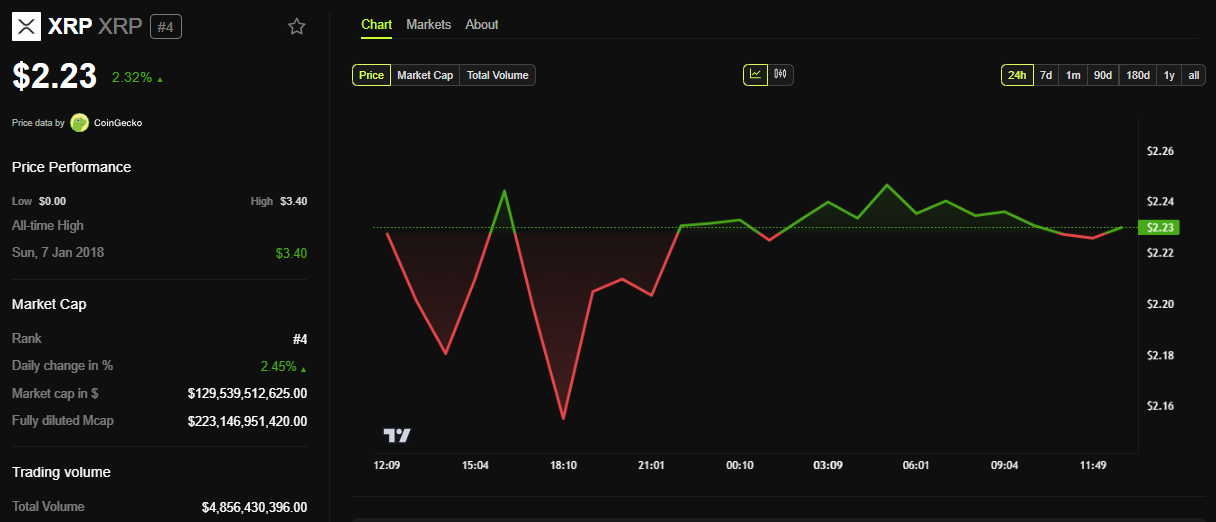
BeInCrypto data shows that XRP price was trading for $2.23 at press time. This represents a modest 2.32% in the last 24 hours.
The post Ripple Gains Full Approval to Offer Regulated Crypto Payments in Dubai appeared first on BeInCrypto.





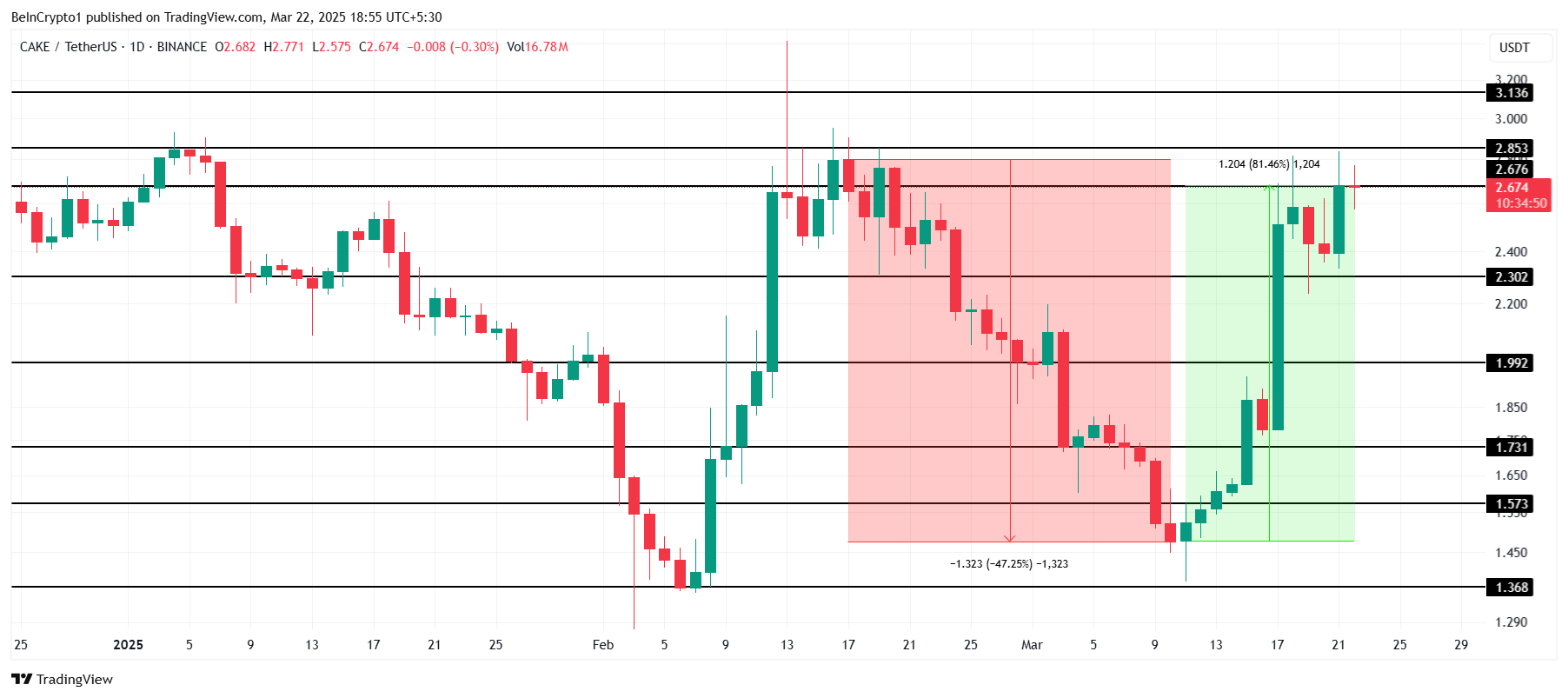

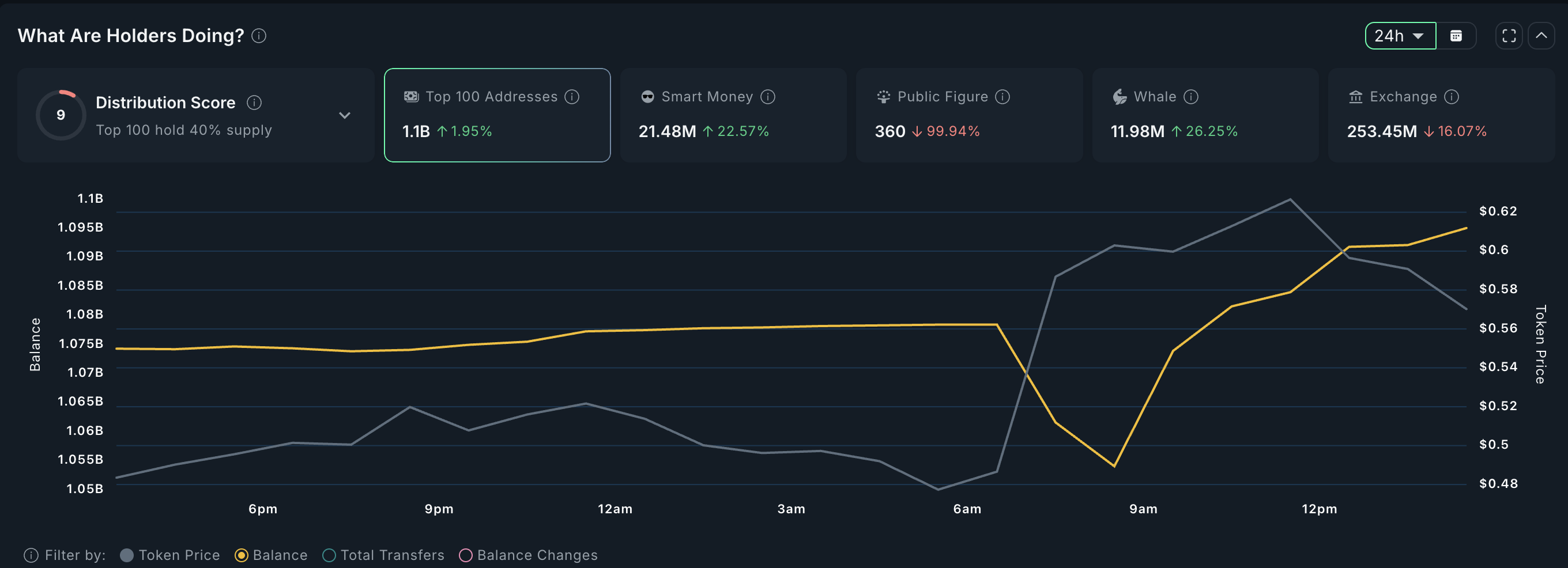

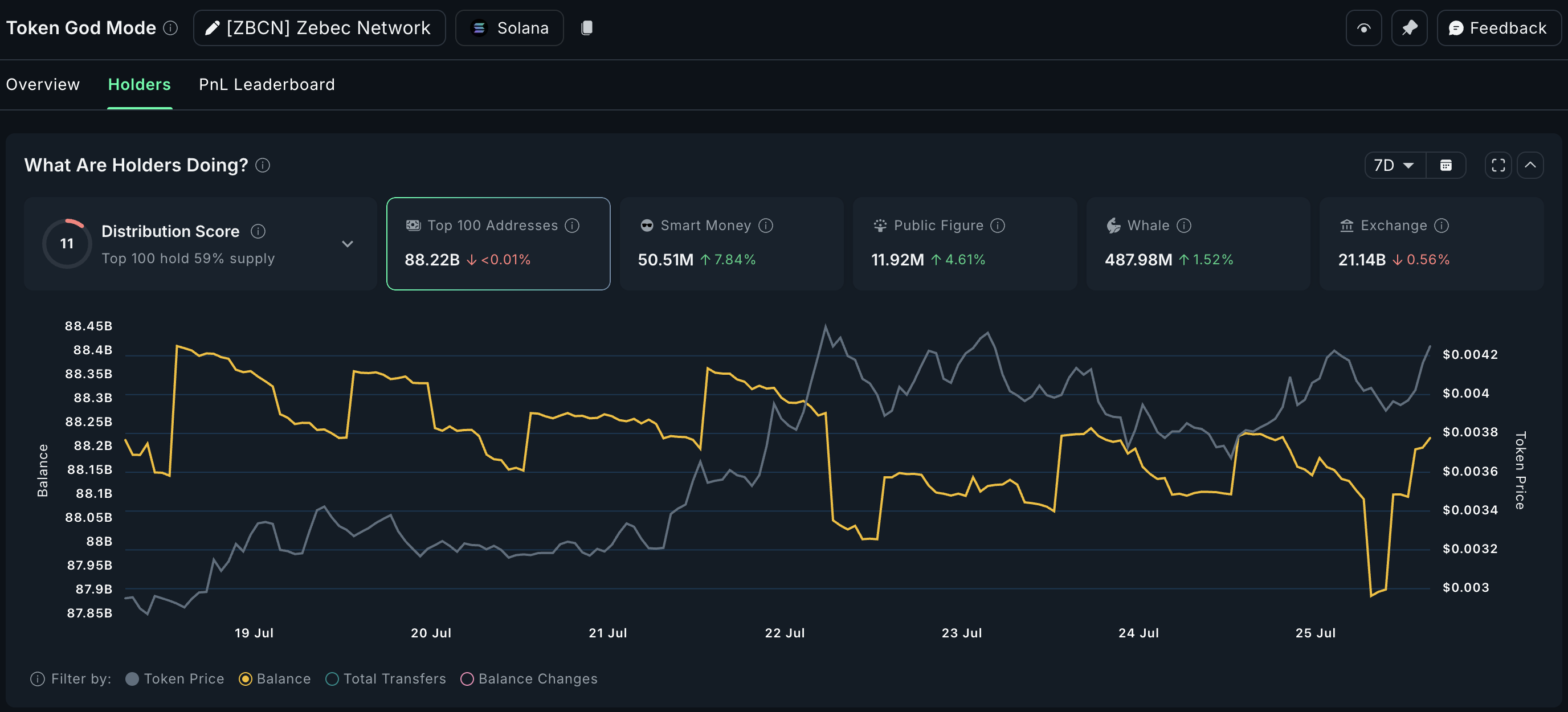

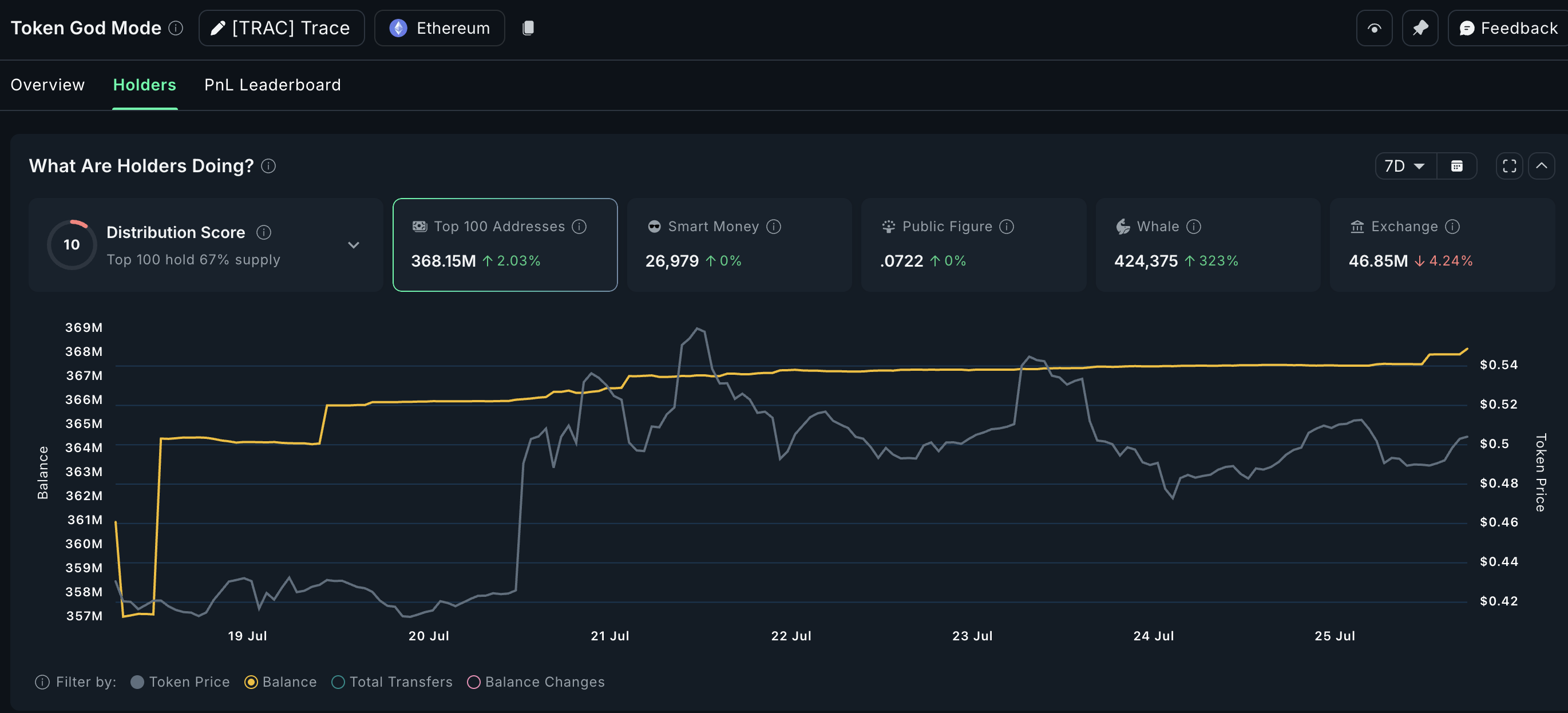
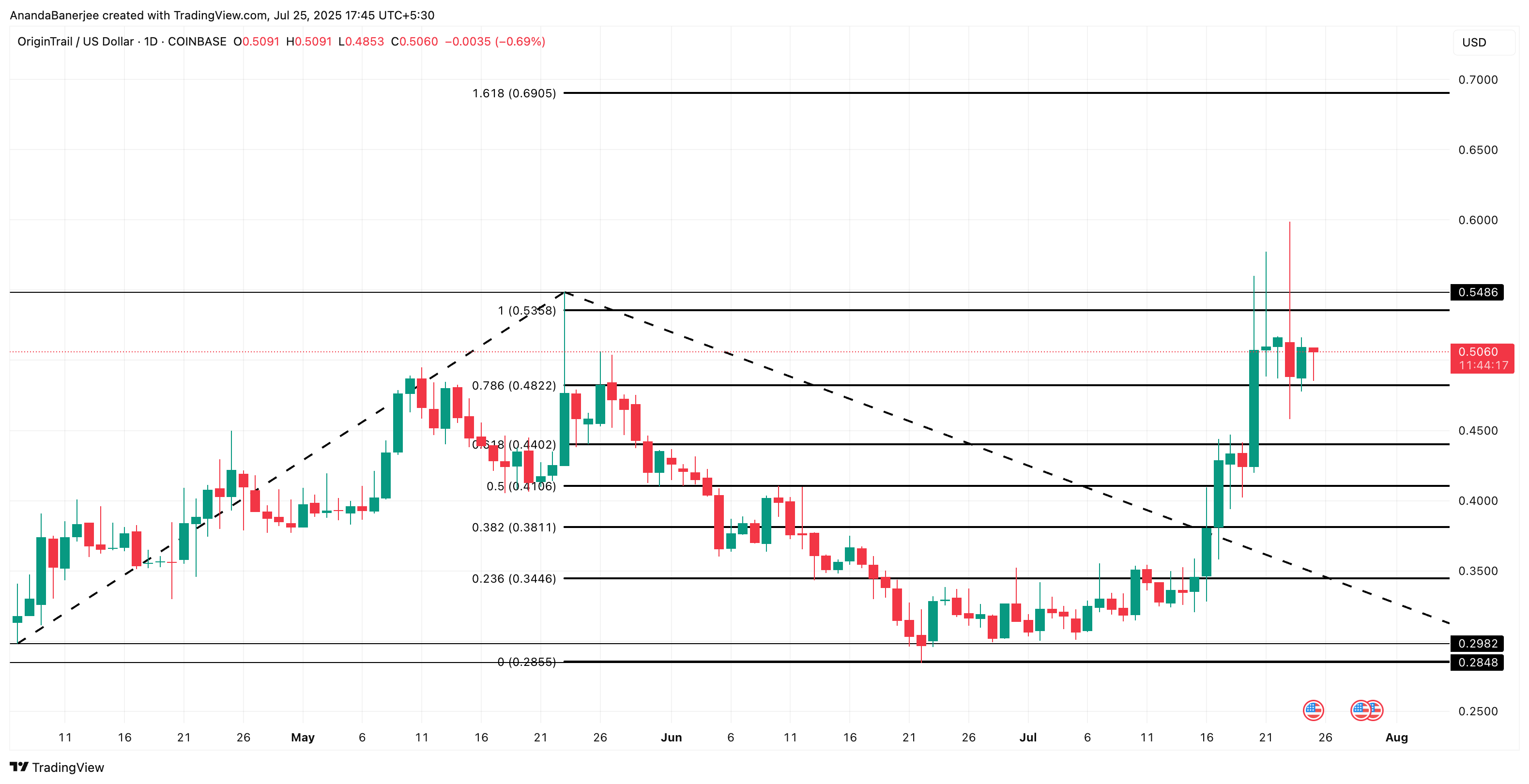




 ) (@Crouserrr)
) (@Crouserrr) 

